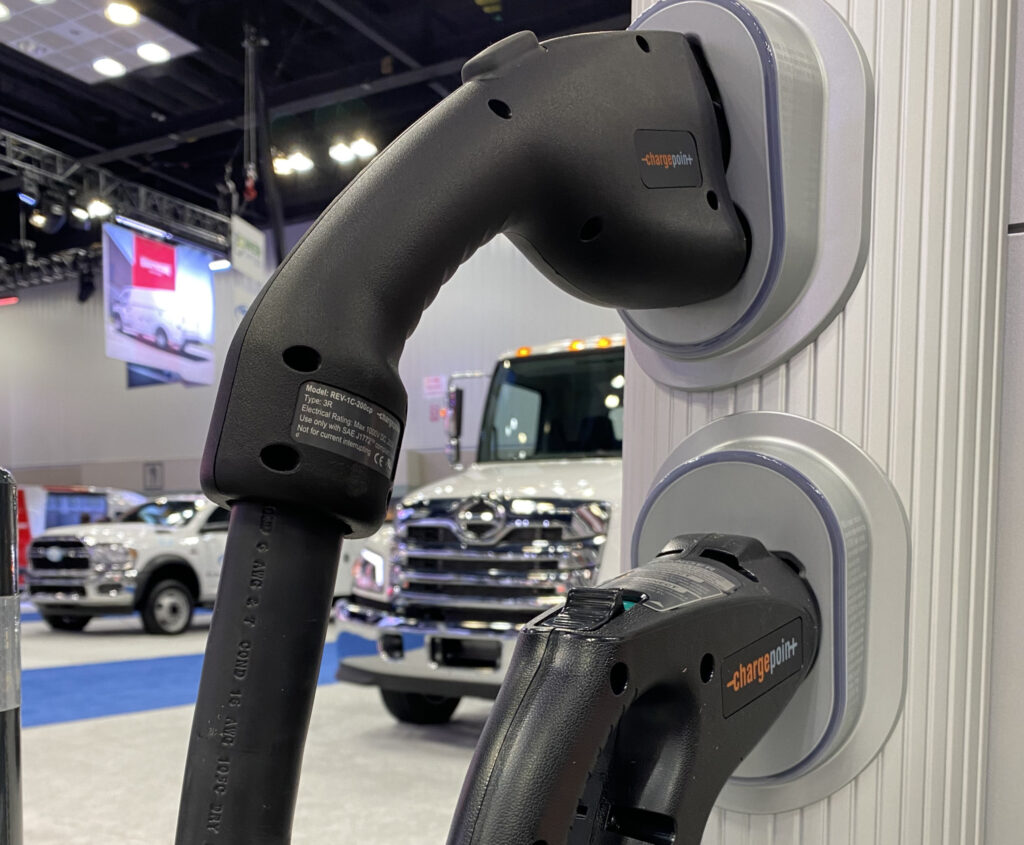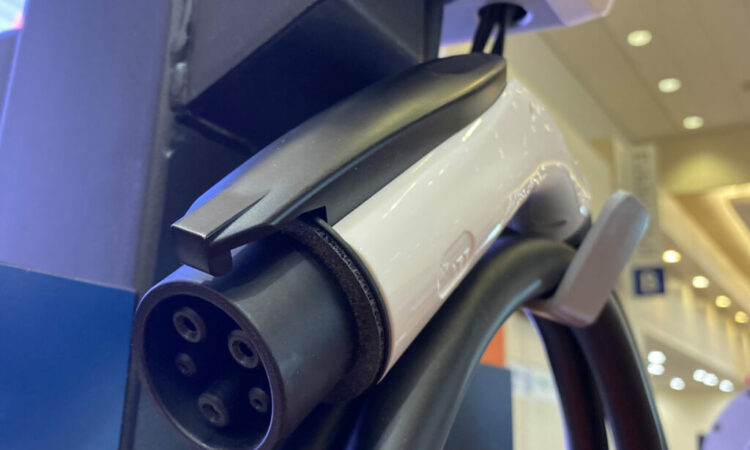Supporters of battery-electric vehicles often highlight the promise of reduced maintenance. The trucks will have 30% fewer parts than their combustion-powered counterparts, after all. Say goodbye to the in-frame overhauls and EGR valves.
But the chargers that deliver the all-important power for battery packs introduce some unique maintenance requirements of their own.
“Purchasing an EV, purchasing an EV charger, is not the end of an EV fleet program,” stressed AssetWorks electric vehicle product manager Mike Terreri, during a presentation at the Green Truck Summit in Indianapolis. “This isn’t something that’s actually been talked about.”
Neglect the chargers and vehicles may not be ready for their next journeys. To compound matters, the image of electric vehicles among fleet staff and leaders will take a beating – just as the technologies are being introduced to the operation.
“Most organizations lack maintenance plans to maintain the dozens of hundreds of chargers they put into service,” Terreri said.
To compound matters, there is limited data about the typical uptime that fleets can expect, he said, noting a utility in the U.S. Pacific Northwest has seen the chargers working more than 95% of the time.
But when chargers drop out of service, it can take two to three weeks to resolve an average issue, Terreri added. In the meantime, the trucks will still need to be charged. “Do you still have the charging capacity to maintain fleet operations?”
There are typically four key issues that require charger repairs:
Software integration
Most charger-related challenges can be traced to the underlying networking software, which often comes from a different source than the charging infrastructure itself. “A network provider may not do full validation testing,” Terreri warned. Other issues can emerge between the network and firmware when charger manufacturers flash an update. It’s why he recommends keeping software updated, and ensuring that software providers have actually tested their offerings with your specific hardware.
Charger component failures
All mechanical things can break, and charger components are no exception. But understanding the source of such problems will require technical expertise to conduct a root cause analysis. For example, if a connectivity issue with a direct-current fast charger (DCFC) appears to be resolved after cycling the power, only to see the problem return a few days later, the issue might be a modem. Do you have access to the information to recognize such problems?
Manufacturing and design failures
A charger’s connections are not all digital, of course. Manufacturing and design challenges can include improperly seated electronic connectors, or insecure sleeve fittings for charging cables. If there is too much space between a plate and latch, meanwhile, a J1772 may not be able to properly connect to a vehicle in the first place.
Accidents and vandalism
Physical charger damage can be traced to a number of issues, such as a collision by a plow, or copper thieves making away with the valuable metal underneath. The solutions here can include installing bollards around the chargers to offer a barrier against collisions, or site security.

In terms of best practices, Terreri stressed the need to incorporate charger maintenance into any electric vehicle training. Integrating chargers within a fleet’s enterprise system can also help to monitor the charger, schedule preventive maintenance, and track costs, he added.
The maintenance needs themselves will vary. Connectors should be inspected daily, but the cables themselves might deserve weekly checks. Every quarter someone on the team might want to clean the charging cabinet and check the charge cables and connectors for damage.
Unlike AC chargers, DC fast chargers also include air filters and coolant, he added. Outlet air filters can need to be replaced every two years, while inlet air filters might need to be swapped annually – at the same time coolant is checked and flushed.
As new chargers are introduced, facilities can require upgrades to electrical and utility service, he added. That will require coordination with utilities, property owners, and design and engineering partners alike. And some designs might require installers who are certified under the Electric Vehicle Infrastructure Training program.
“Organizations need to coordinate that activity with multiple external partners including potentially the utility, including potentially the property owner,” Terreri said.


